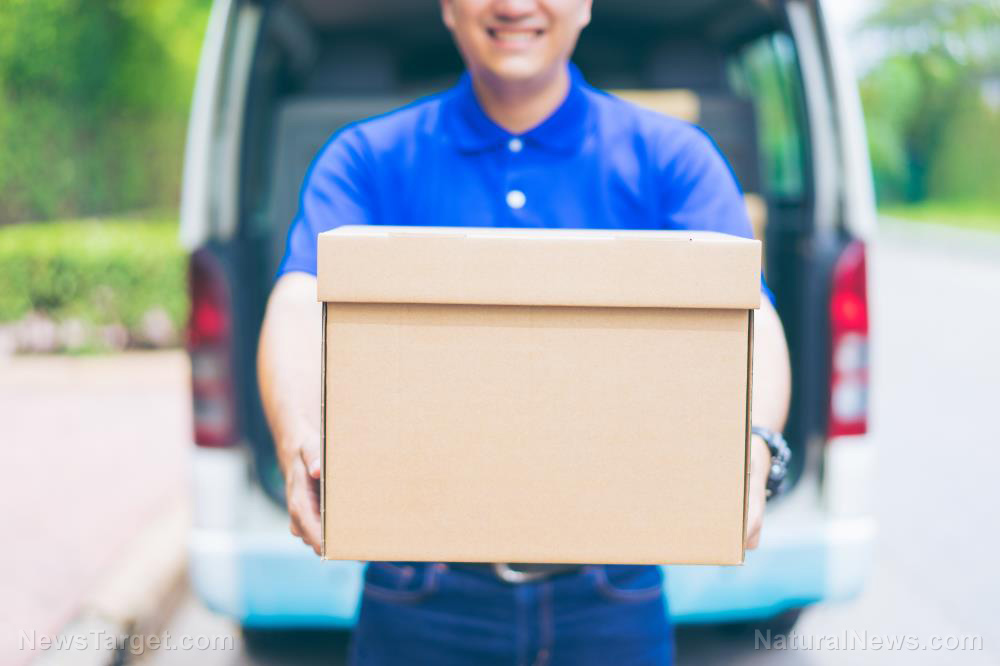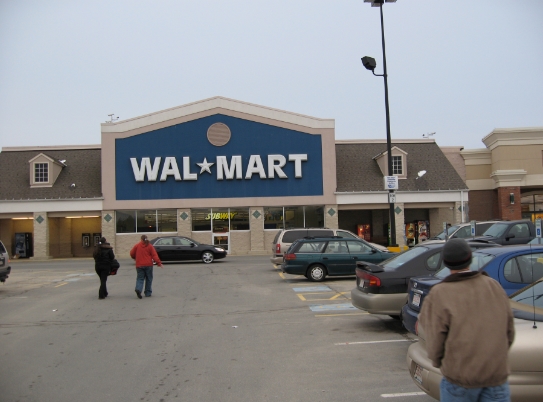 Parler
Parler Gab
Gab
- Amazon is investing $4 billion to expand its rural delivery network, aiming to triple coverage and create over 100,000 jobs by 2026.
- The expansion includes 200+ new delivery stations, cutting shipping times in half for 13,000 ZIP codes while competitors like UPS retreat from rural areas.
- Amazon’s DSP and Flex programs will drive job growth, though Flex faces legal challenges over worker classification.
- UPS is reducing Amazon-related business, calling it unprofitable, while USPS consolidates routes, slowing rural deliveries.
- Amazon’s move strengthens its dominance in e-commerce but raises concerns over labor practices and market power.
Amazon’s rural push: Faster shipping, more jobs
Amazon’s latest investment is a direct response to the logistical challenges of serving rural customers. “At a time where many logistics providers are backing away from serving rural customers because of cost to serve, we are stepping up our investment to make their lives easier and better,” said Udit Madan, Amazon’s senior vice president of worldwide operations. The company estimates that by the end of 2026, its expanded network will deliver over a billion additional packages annually to 13,000 ZIP codes, cutting average delivery times in half. Each new delivery station is expected to create around 170 jobs, with additional opportunities through Amazon’s Delivery Service Partner (DSP) and Flex programs. The DSP program enables small businesses to handle Amazon deliveries, while Flex allows independent contractors to deliver packages using their own vehicles. However, the Flex program has faced legal scrutiny, with drivers alleging they were misclassified as independent contractors rather than employees.Competitors retreat as Amazon advances
While Amazon expands, rival UPS is pulling back. CEO Carol Tomé revealed that the company plans to cut half of its Amazon-related business by the second half of 2025, calling the volume “not a healthy fit” for its network. UPS has also reduced delivery days in some rural areas to improve efficiency. Meanwhile, the U.S. Postal Service has consolidated routes in remote locations, slowing delivery times for some customers. Amazon’s advantage lies in its ability to generate higher package volumes, making rural deliveries more cost-effective. “Amazon has a massive advantage over UPS and FedEx,” said Nate Skiver, a parcel logistics expert. By increasing demand through faster shipping, Amazon can justify the expense of serving sparsely populated regions.Political and economic ripple effects
The expansion arrives amid broader economic debates, including trade policy. Amazon recently denied reports that it planned to display tariff costs on product listings after the White House criticized the idea as a “hostile and political act.” The company clarified that the proposal was never approved. Amazon also highlighted its role as a job creator, citing a study co-authored by its economists that linked its facilities to higher median incomes and reduced poverty rates in surrounding counties. With its latest investment, the company aims to reinforce its dominance in e-commerce while addressing one of the toughest challenges in logistics: delivering quickly and affordably to America’s heartland. Amazon’s $4 billion bet on rural delivery is more than just an infrastructure play; it’s a strategic move to lock in customer loyalty in underserved markets. By bringing faster shipping to small towns, the company could further marginalize competitors while solidifying its position as the nation’s leading parcel carrier. For rural Americans, the promise of quicker deliveries and new jobs may be a welcome change. But as Amazon’s influence grows, so too will scrutiny over its labor practices and market power. Sources for this article include: ZeroHedge.com CNBC.com Reuters.com SupplyChainDive.comTrump’s tax cut ambitions clash with Ukraine deadlock amid economic optimism
By Willow Tohi // Share
Trump announces total trade embargo on China, sparking fears of economic collapse
By Finn Heartley // Share
Walmart pledges $350B to American-made goods in push to reshore supply chains
By Cassie B. // Share
U.S. agriculture faces “full-blown crisis” as trade war with China pummels farmers and consumers
By Willow Tohi // Share
Solar failures trigger historic blackout, natural gas saves Iberian grid amid net-zero backlash
By Willow Tohi // Share
Trump announces total trade embargo on China, sparking fears of economic collapse
By finnheartley // Share
Natural plant extracts show zero metastasis in breast cancer stem cell study
By finnheartley // Share










